It is no secret that the problem of environmental pollution has grown to incredible proportions. Today, many organizations are fighting not even to clean up the planet, but at least to reduce the negative impact of humans on nature. Solving this problem is by no means an easy task, which is also faced by organizers of mass events. For example, races.
Today there are six marathon-majors in the world – London, Boston, Berlin, Chicago, New York and Tokyo – with the maximum number of participants from 30 to 60 thousand in each. In addition, there is a considerable number of starts that do not belong to the majors, but this makes them no less large-scale. For example, the Moscow Marathon, which this year was attended by about 25 thousand people.
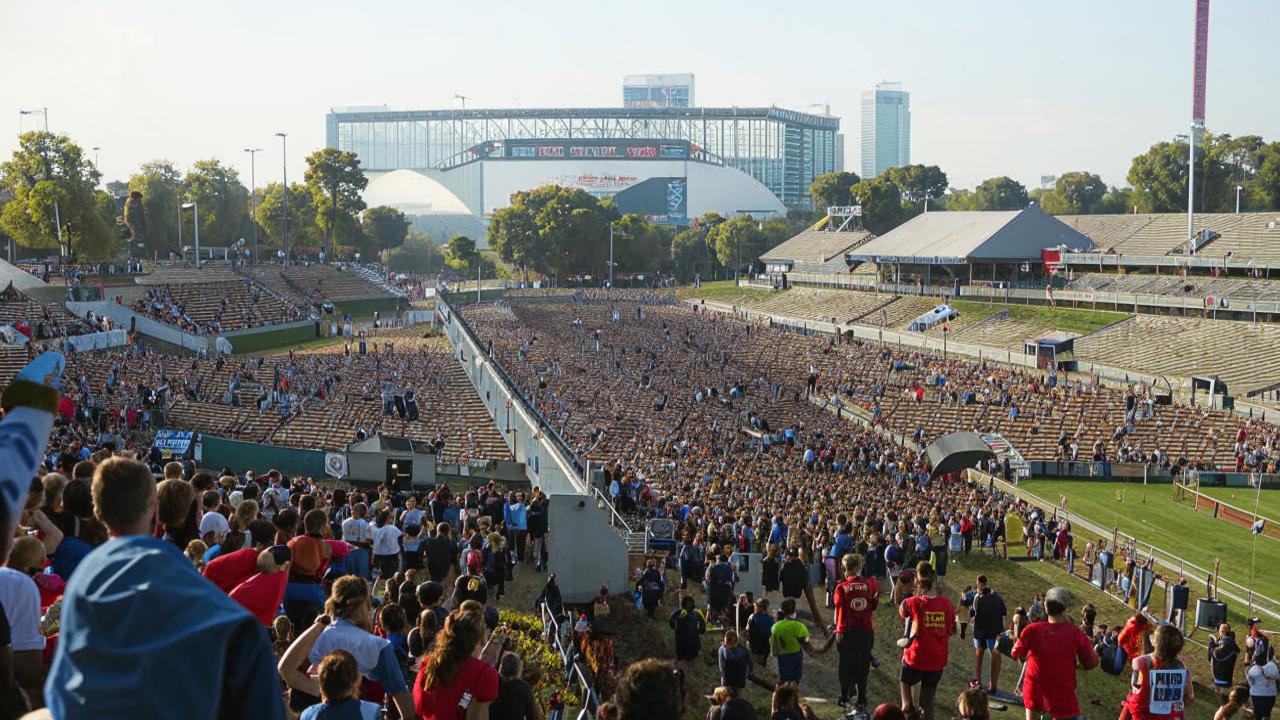
What is the problem?
Why are we even talking about races? The point is that during the run athletes need to replenish their water balance and strength, that’s why there are food and refreshment points on the marathon distance. There athletes can take special gels and fruits for a snack, as well as drinks – most often gas-free water. Usually it is offered in paper cups. As a result, after tens of thousands of athletes, a large amount of packaging is left behind. And it would seem that paper cups are as environmentally friendly as possible, because paper can be easily recycled into other things we need. But here we are wrong.
So that the drink does not spill, as through an ordinary notebook sheet, the paper is supplemented with other materials. As a result, it is almost unrealistic to isolate the cellulose from this mixture in the composition. It requires too many resources for selection and processing, so so far few people are ready to reuse such waste, most often they are sent to the landfill.

Evgeny Vitishko
ecologist, chairman of the Environmental Council, chairman of the Krasnodar branch of the Green League
A modern “paper” disposable cup is a paper covered with a plastic coating to preserve the shape and maintain the temperature of the liquid. Both plastic and paper can certainly be recycled, but not in the combination of their interpenetration. I am not aware of anyone in the country recycling such waste. So in any case this garbage goes to landfill. From my childhood I remember whole paper cups, but the time of their “survivability” did not exceed five minutes.
How to solve it?
It is clear that global world problems cannot be solved at the snap of a finger, but it is quite realistic to do everything possible to minimize the ecological footprint. For example, some organizers warn participants at registration that they will need to bring their own bottle and undertake to provide athletes with the opportunity to collect water at special points along the course. If an athlete forgets their water bottle, they will be offered a reusable cup. But filling their containers takes more time than just taking a ready portion of drink, for some it can critically affect the result.
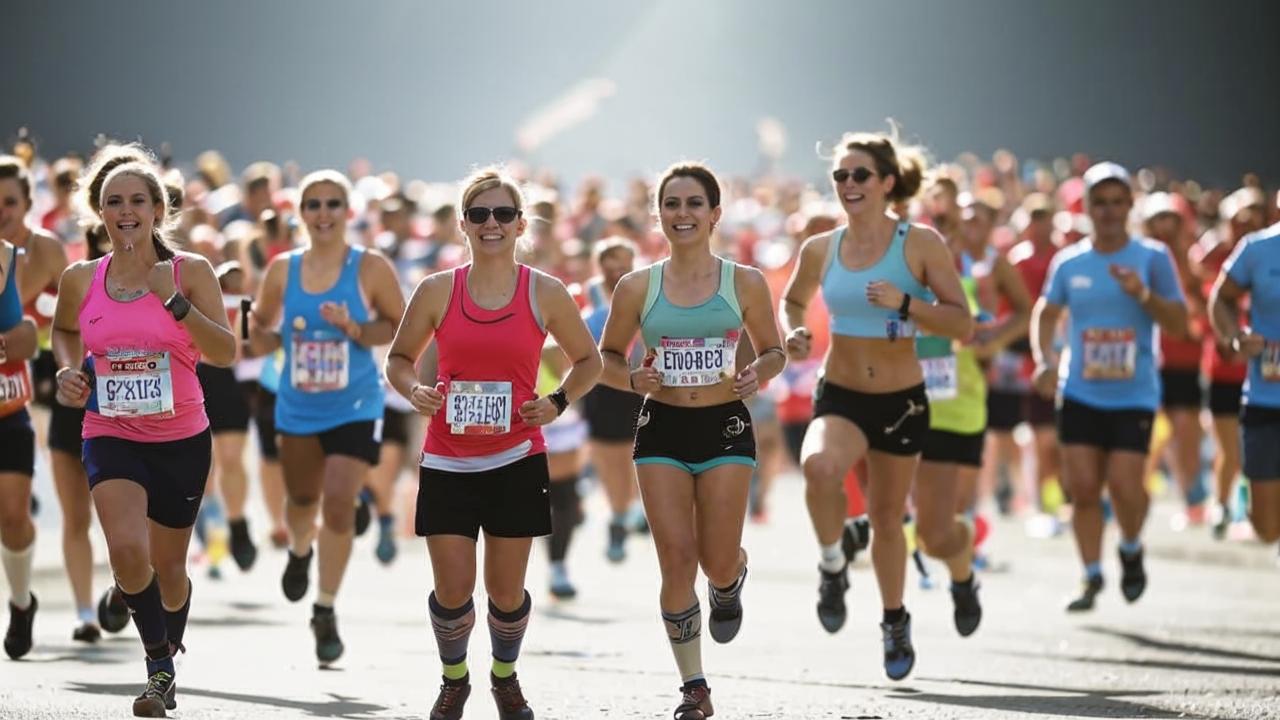
At other starts, runners can be disqualified for throwing trash in the wrong place. Of course, runners are warned about this in advance. Some large marathons purposely reduce the number of food and drink stations in order to reduce the amount of packaging given out, and therefore thrown away.
Russia is also gradually introducing environmental initiatives to reduce waste. I will talk about them further on.
What about us?
This year, as I have already mentioned, about 25 thousand people took part in the main start of the country, and water must be provided for each athlete at each of the food outlets, even if not all of them use it in the end. Before that, drinks were given out in paper cups. In 2022, the organizers of the Moscow Marathon decided to minimize non-recyclable waste.
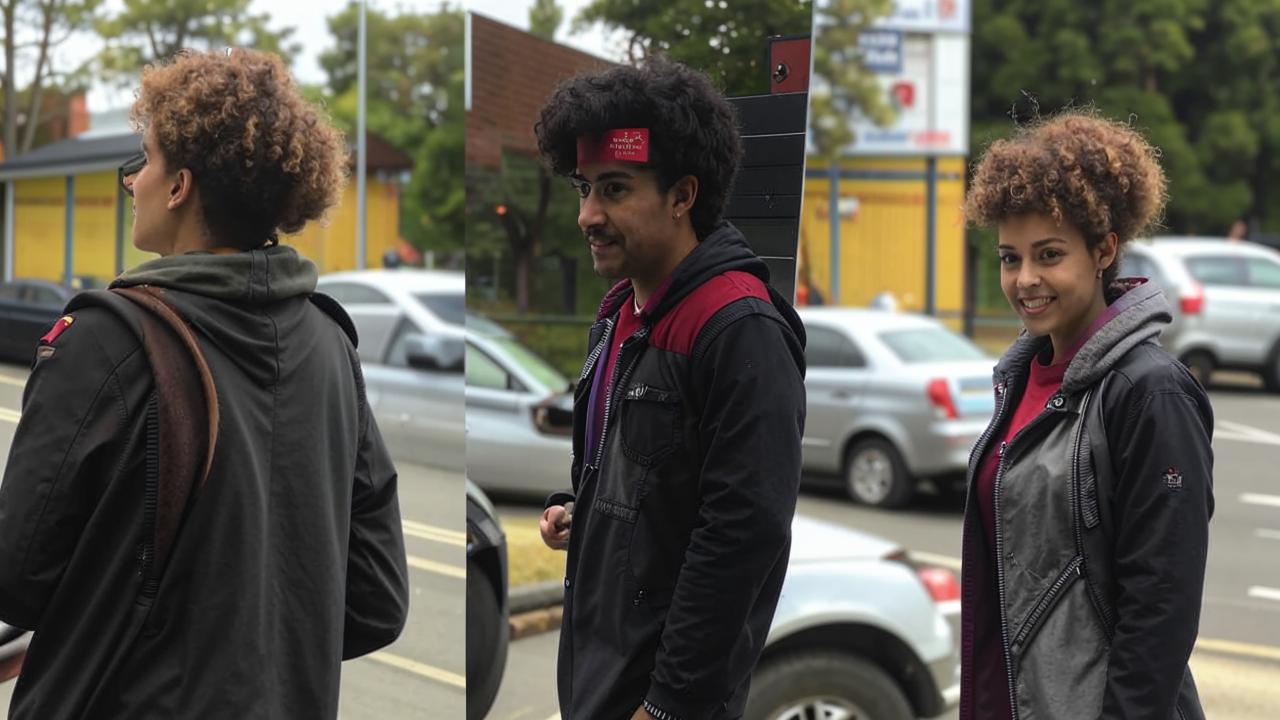
Dmitry Tarasov
Director of the Moscow Marathon
Reusable bottles are quite large, and it is inconvenient to constantly refill them – it takes extra time, and can also provoke pandemonium at food outlets. In order to reduce the amount of waste that will be sent to the landfill after the race without complicating the athlete’s journey, we decided to offer participants drinks in small plastic bottles, which are convenient to use and easy to recycle.
SIBUR helped organize separate collection of plastic and its further recycling. As a result, 180,000 plastic bottles collected at the end of the race will get a second life.
Separate waste collection and recycling helps to solve several environmental issues at once – to reduce the amount of garbage in landfills due to the fact that waste is not buried, but returned to a new production cycle. It also saves the planet’s resources, as recycled materials are used to produce new things.
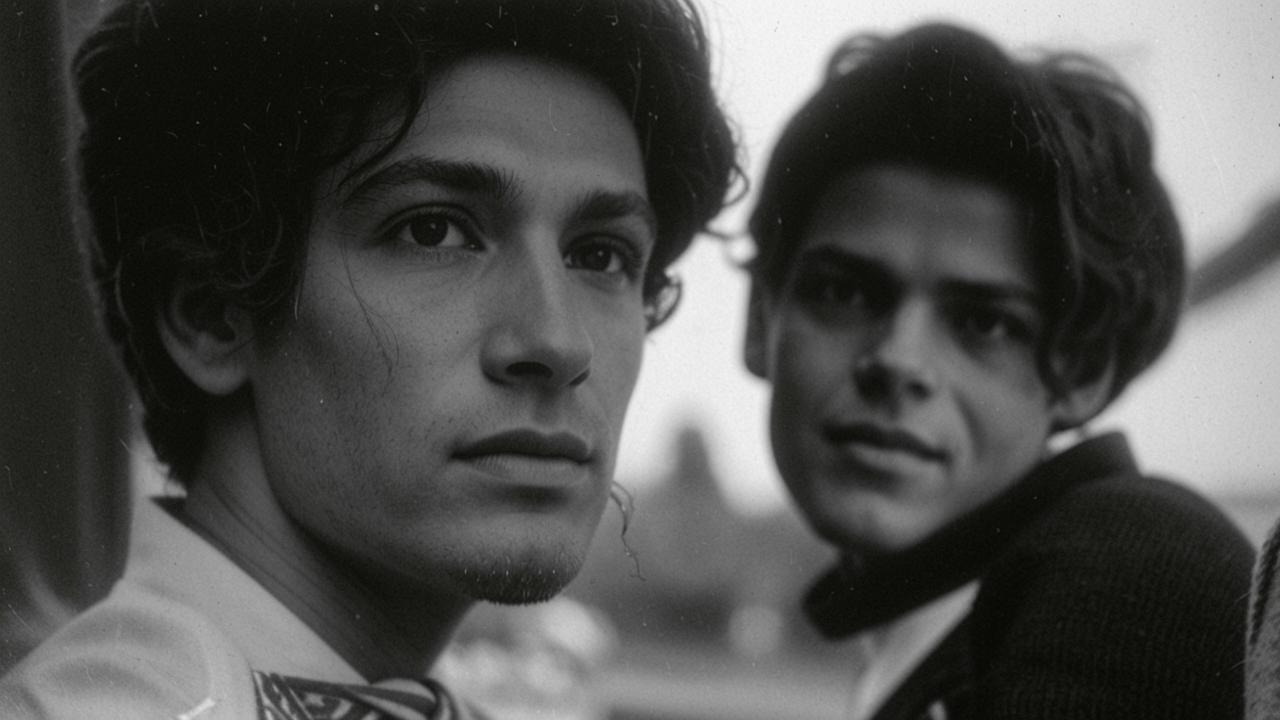
Maxim Remchukov
Director of Sustainable Development at SIBUR
The first step in launching the plastic recycling cycle is to ensure separate collection of plastic. That’s why containers for plastic bottles were installed on the route and in the start and finish area.
Especially for the marathon route, we also made long nets, into which it is more convenient to throw bottles on the run. If for some reason a bottle does not end up in the right bin, it will be sorted at the waste sorting station and recycled. But this complicates the process and lowers the quality of recyclables, so it is better to hand over plastic in containers designed for this purpose.
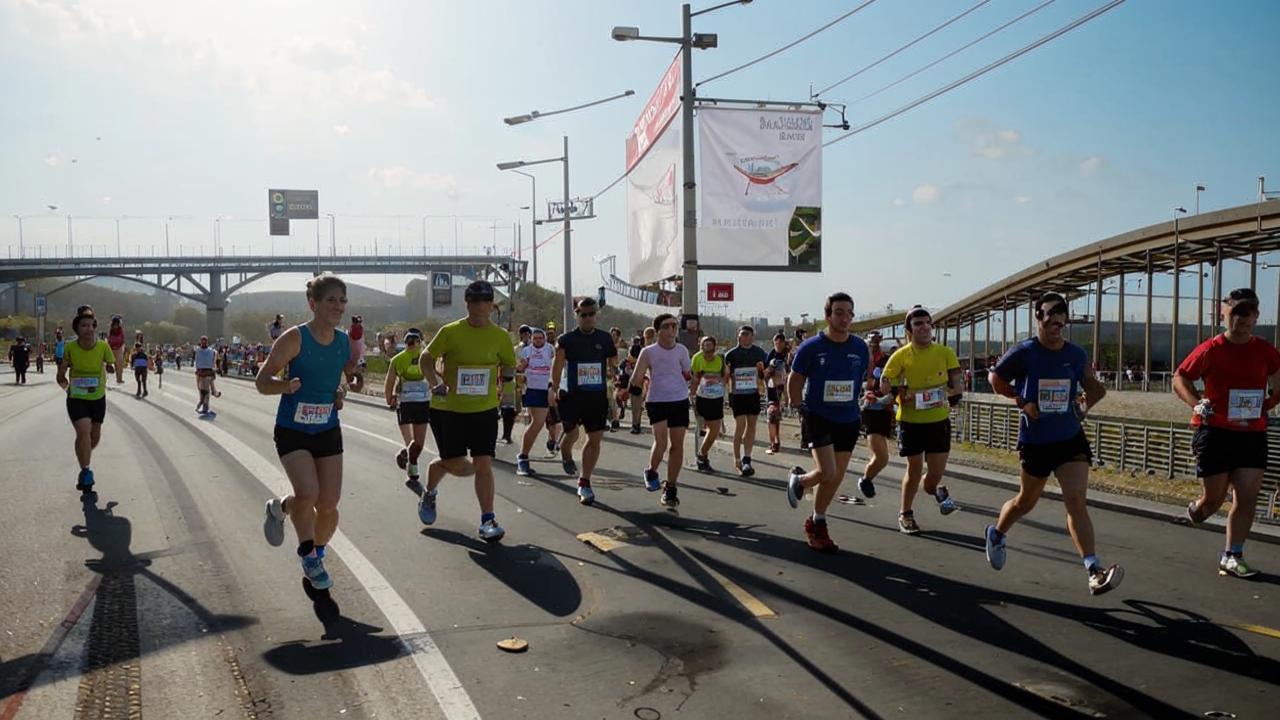
What happens to drink bottles after the race?
For those who don’t understand anything about this issue, the recycling process is a mystery covered in darkness. I am one of them, so I decided to find out what happens to the bottles that ended up in special containers.
Plastic bottles are made of polyethylene terephthalate or PET. This material, unlike paper cups, is completely recyclable. Recycled plastic is already used in construction, furniture, textiles. But in our case it has a different fate.
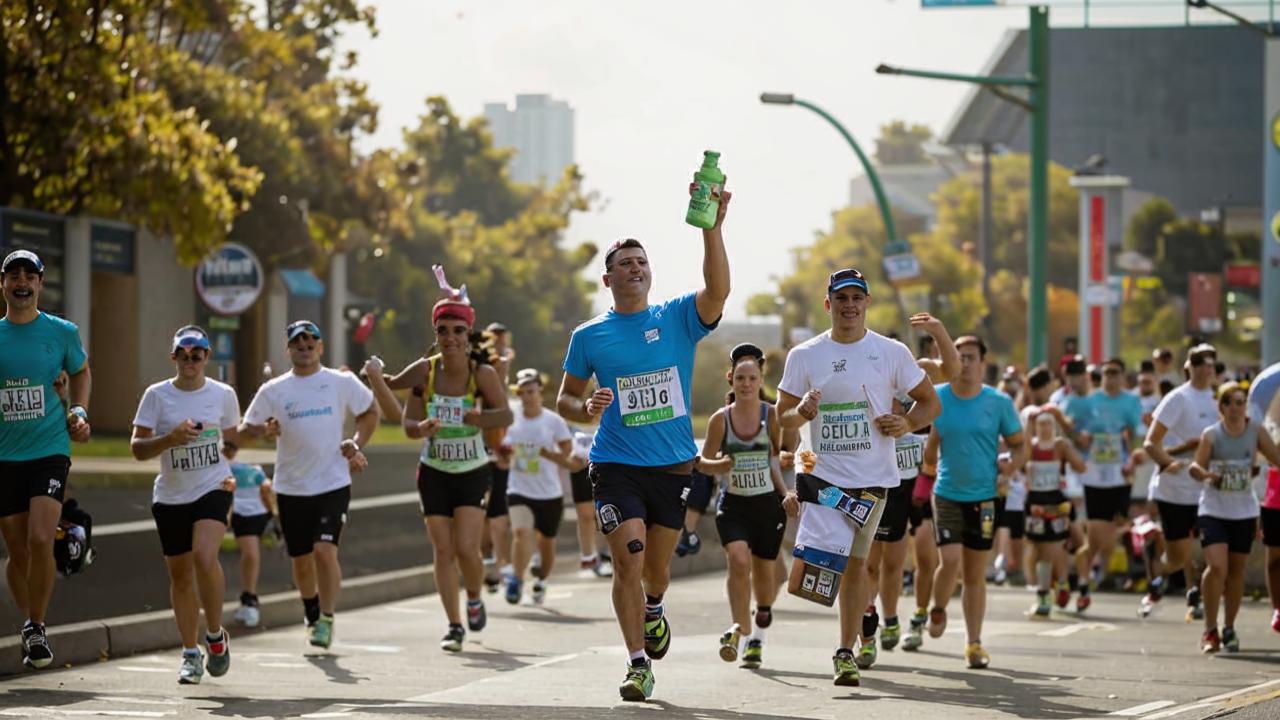
First, all the bottles will be collected and taken to a recycling center. There they will be cleaned and crushed into small pieces. This shredded and cleaned plastic is called flexa. The flexa will be delivered to SIBUR’s facility in Bashkiria, where it will be mixed with primary raw materials to produce Vivilen material in the form of pellets. Beverage manufacturers will be able to produce new bottles from the granule. The fact is that the special technology used to create Vivilen allows the use of recycled plastic for the production of food packaging.
At the Moscow Marathon it was possible to see examples of recycling and reuse of plastic. On September 17 and 18, a “Recycling Workshop” was opened in the starting town. There, with the help of a bicycle shredder, guests shredded plastic caps and from the resulting crumbs, using special equipment, created a souvenir to remember the marathon – a key chain made of recycled plastic.
What do the athletes think?
Beginner runners will say: “During the run I think only about how to move my legs correctly, not to lose my breath, and also to watch the pace! Where does that leave me when it comes to thinking about trash and proper bins?” “Fair enough,” I’ll say and go find out what the marathoners who had to check it out for themselves think about it.

Dmitri Rudich
tekač
I haven’t participated in many races yet, but I always pay attention to how much trash is left after such events. That’s why I am very close to the idea of plogging (eco-races, during which participants collect garbage – ed.). They take place online as well. The organizers then make medals out of the collected plastic and send them to the participants.
I like it when the races are strict with garbage, sometimes they number your food and if you find a pack of candy bars, gel or something else, you are simply disqualified. That’s fair. It’s like a knife to my heart every time I see runners throwing bottles under their feet, even when a garbage can is nearby. I mean, I can see that the guys aren’t running any faster than me. They’re not elite, where every second counts, they run for results. And you run for the thrill and you can’t throw a bottle in the trash? It’s just a sore point.

Sergey Matyukha
tekač
It is obvious that there is a problem of environmental pollution, it is impossible to close your eyes and pretend to be “stupid”. Even before the marathon I found out that this year the organizers decided to give up disposable cups in favor of bottles. This is not only important for the environment, but also more convenient for us, the runners. During the race we ran in a group of about 10 people, each participant tried to throw the bottle in the trash can. It was the same with gels, there was no littering on the track.
The higher the level of the athlete, the more responsible he is for such details. It is not very difficult and not distracting.

Dmitry Tarasov
Director of the Moscow Marathon
For our part, we follow eco-solutions at major international starts. For example, at the Berlin Marathon, the participant’s starting package includes reusable silicone cups that can be folded, run with them and pour water on the course. This option, as mentioned above, is not suitable for everyone, but may be acceptable for those who do not run fast, for pleasure.
Also, for example, the London Marathon used special edible water capsules made of a thin layer of algae. The capsule can either be swallowed whole or torn and the liquid can be drunk out of it, throwing away the capsule shell. In doing so, the membrane completely degrades within a few weeks. This may not be the most versatile option either, but it may be convenient for some athletes.
We would be interested in trying new ideas, but the fact that our eco-initiative with SIBUR has recycled the plastic beverage packaging from the last race is already having a tangible effect.
Responsible consumption and care for the environment is an issue that concerns not only race organizers and athletes, but also each and every one of us. What can we do now so that in 100 years our planet does not turn into a huge landfill like in the cartoon “Valli”?
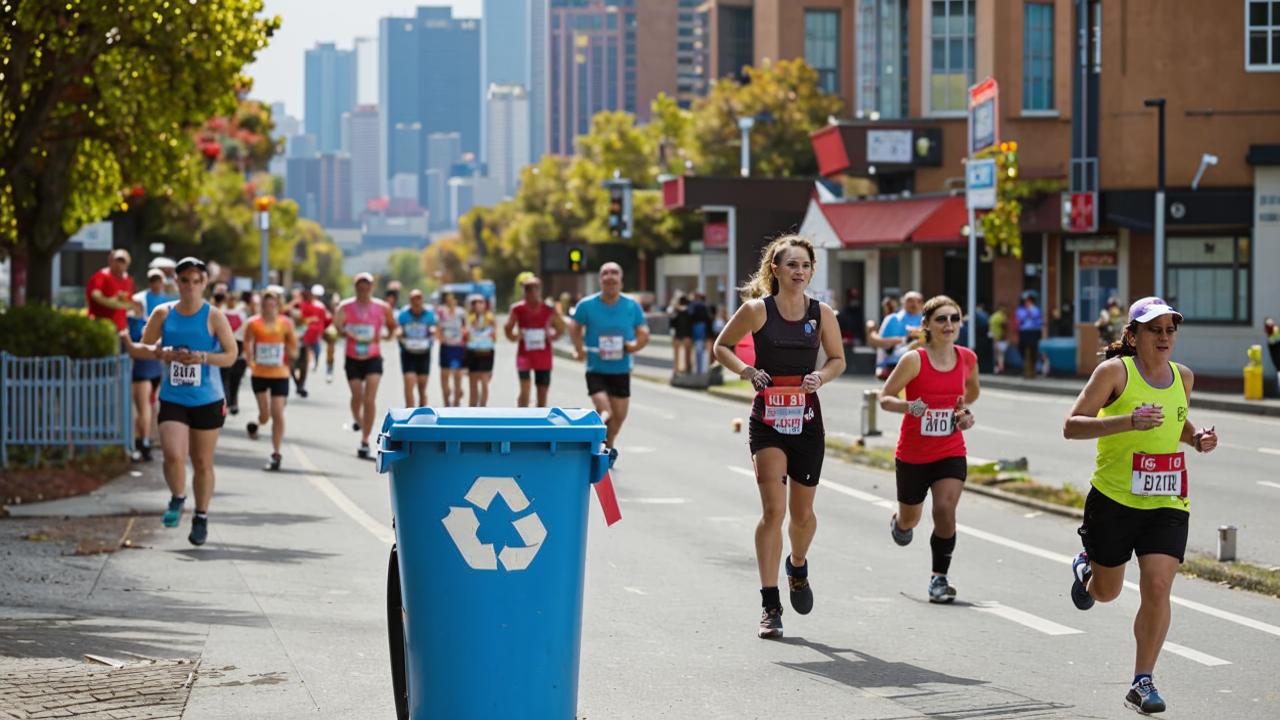
Here are the basic principles of responsible consumption that you can gradually introduce into your everyday life:
- Reduce – save the planet’s resources and reduce consumption by buying and using only what you really need;
- Reuse – switch to reusable alternatives, extend the life of things and use them for longer;
- Recycle – promote recycling, i.e. buy things made from materials that are suitable for recycling, sort waste and recycle it, prioritize goods made from recycled materials whenever possible.
Take care not only of yourself, but also of what surrounds you!
* Advertising
Advertiser: ANO CPSM Moscow Marathon
ODS identifier: 2sHEdXsRPziFKhNcQjyn3FJrhaVmxBcv54WFobrf2ZQRZQ2EwCA186Y1






